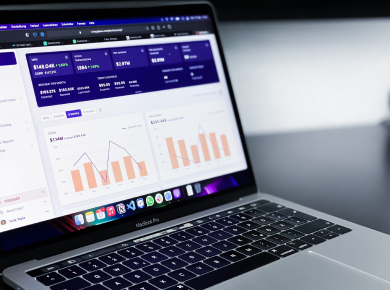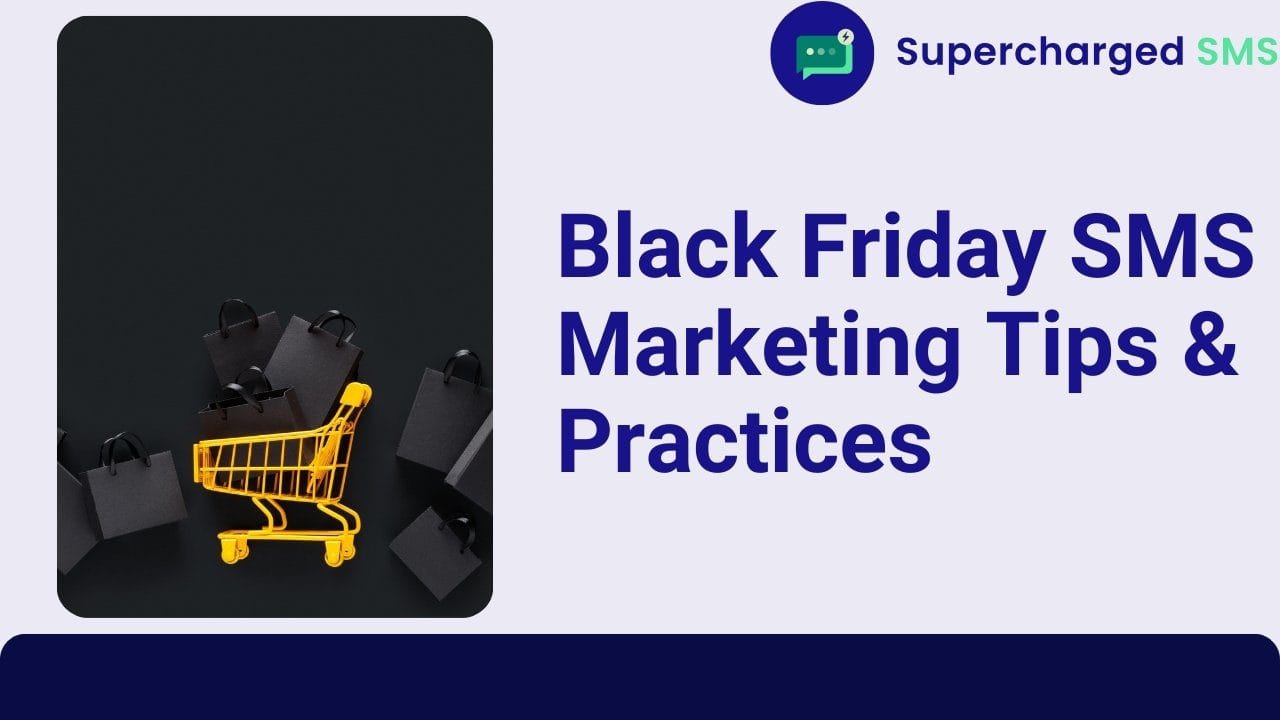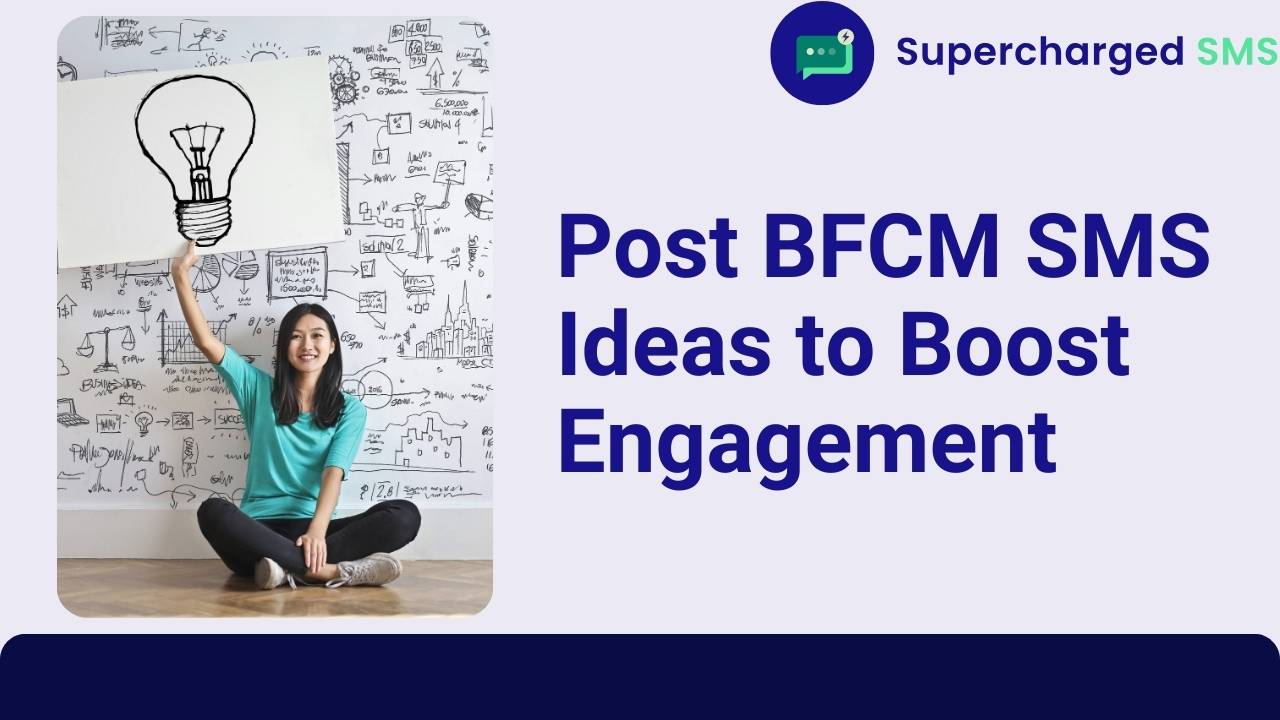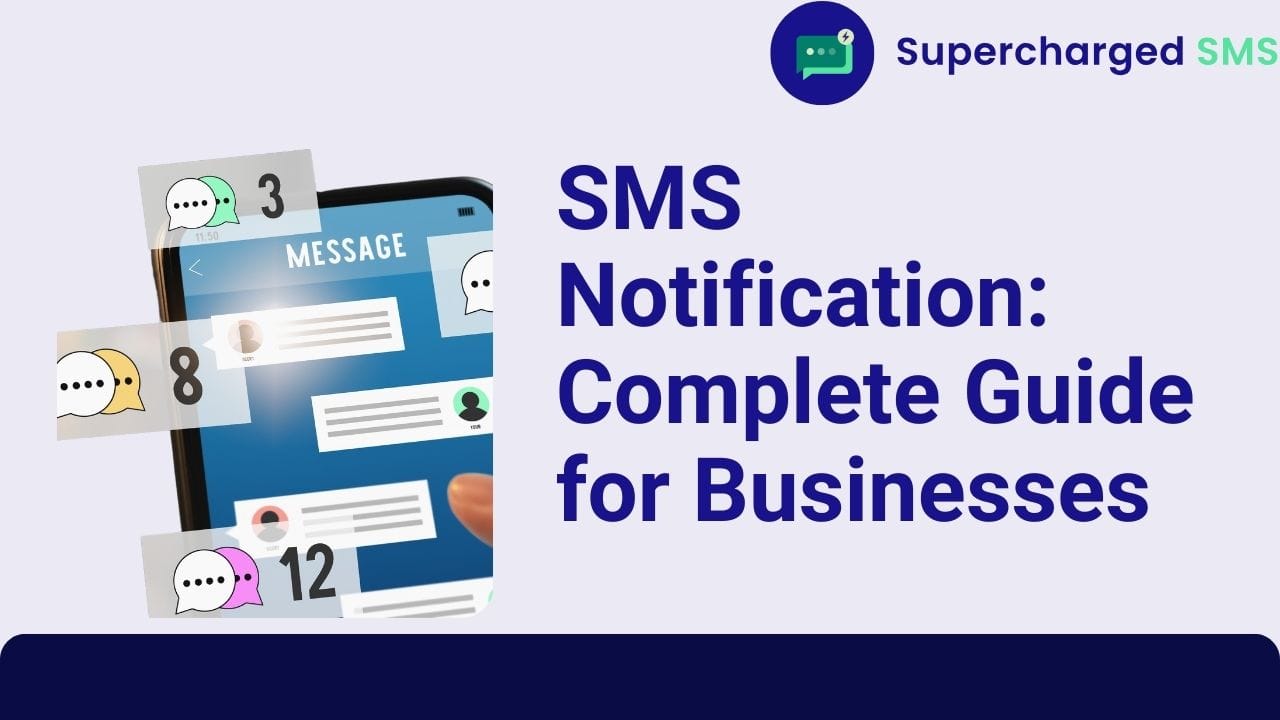Black Friday SMS Marketing 📲: Best Practices & Tips for Better Deliverability and Conversion 🛒
Are your Black Friday SMS campaigns reaching their full potential? With the intense competition and overwhelming messages during this peak season, en ...


June 25, 2024
With mobile usage skyrocketing worldwide, SMS remains a formidable tool in the marketer’s arsenal, boasting an impressive 98% open rate within minutes of receipt (Source: SMS Comparison). However, unlocking the full potential of SMS marketing hinges significantly on one critical factor: timing.
In today’s fast-paced digital landscape, mastering the art of timing your SMS campaigns can be the difference between soaring engagement and missed opportunities.
Discovering the best time to send SMS messages is not merely a matter of guesswork but a strategic endeavor that can amplify reach, response rates, and ultimately, your campaign’s success.
Sending SMS messages at the right time can significantly boost your campaign results. When messages arrive at the ideal moment, recipients are more likely to engage and take action.
Timing impacts open rates, response rates, and conversion rates. Messages sent at the wrong time might get ignored or deleted. Therefore, understanding the best times to send is crucial for maximizing effectiveness.
Consider your audience’s daily routine. If you send a message during their busiest hours, it might go unnoticed. Sending during off-peak hours can increase the likelihood of your message being read.
Different industries may have varying optimal times. Retail businesses might find success during lunch breaks or weekends, while professional services could benefit from sending messages in the early afternoon.
Testing different times and analyzing the results can help you find the sweet spot for your specific audience. This data-driven approach ensures that your messages reach your audience when they are most receptive.
Overall, strategic timing enhances the impact of your SMS marketing efforts, leading to better engagement and higher ROI.
Knowing your audience is essential for effective SMS marketing. Each segment of your audience has unique behaviors and preferences that influence how they respond to your messages.
Finally, a deep understanding of your audience allows you to send SMS messages at the most effective times, enhancing engagement and improving campaign success.
Choosing the right day to send SMS messages can significantly affect your campaign’s success. Certain days of the week yield better results than others.
Tuesday, Wednesday, and Thursday are generally the best days for SMS marketing. Midweek days are less hectic for most people, increasing the likelihood they will read and respond to your messages.
Mondays can be challenging. People are often busy catching up on work after the weekend, so your message might get overlooked.
Fridays are also tricky. Many people start winding down for the weekend and may not pay as much attention to marketing messages.
Weekends have mixed results. While some people may have more free time, others might be busy with personal activities. Test different weekends to see what works best for your audience.
For retail businesses, weekends might be more effective due to increased shopping activity. Professional services might see better results on weekdays when people are in a work mindset.
It’s important to test and analyze the performance of your campaigns on different days. Track open rates, click-through rates, and conversions to determine the best days for your specific audience.
Selecting the right day to send your SMS messages is crucial. Focus on midweek days and continuously test to find the optimal timing for your audience.
Sending SMS messages at the right time of day can greatly improve your campaign results. The best times depend on your audience’s daily routine and habits.
Early morning messages, sent between 8 AM and 9 AM, can catch people as they start their day. This time is effective if your audience checks their phones first thing in the morning.
Late morning to early afternoon, from 11 AM to 1 PM, is another good window. People often check their phones during lunch breaks, making them more likely to see and respond to your messages.
Afternoon, between 2 PM and 4 PM, can also be effective. This period is typically a slower part of the workday when people might take short breaks and check their phones.
Evening messages, sent between 5 PM and 7 PM, can reach people as they wind down from their day. This time is effective if your audience tends to check their phones after work.
Avoid sending messages late at night. Messages sent after 9 PM can be intrusive and might annoy recipients, leading to higher opt-out rates.
Consider different time zones if your audience is spread across various regions. Scheduling messages to match local times ensures your messages arrive at the optimal time for each segment.
Testing different times of day and analyzing the results can help you identify the best windows for your specific audience. Adjust your strategy based on what works best.
Sending SMS messages at optimal times throughout the day can enhance engagement and improve campaign success. Use audience insights and testing to refine your timing strategy.
The best time to send SMS messages depends on your campaign goals. Different objectives require different timing strategies to maximize effectiveness.
Promotional Messages
Transactional Messages
Customer Engagement
Event Reminders
Surveys and Feedback Requests
Seasonal Campaigns
Urgent Alerts
Testing and analyzing the performance of your messages at different times can help fine-tune your approach. Track metrics like open rates and conversion rates to determine the most effective times for each type of message.
Aligning your SMS marketing timing with your campaign goals ensures better engagement and results. Use these guidelines to optimize your send times based on specific objectives.
Reaching your audience at the right local time is crucial in SMS marketing. Time zone differences can impact the effectiveness of your campaigns, especially if you have a geographically diverse audience.
Understand Your Audience’s Location
Use SMS Marketing Tools
Segment Your Audience
Plan Campaigns According to Time Zones
Avoid Blanket Sending
Test and Optimize
Communicate Time-Sensitive Offers Appropriately
Use Customer Data
Automate Adjustments
Considering time zones in your SMS marketing strategy ensures that your messages reach your audience when they are most likely to engage. Use segmentation, automation, and data analysis to optimize your send times across different regions.
Timing is crucial in SMS marketing. Sending your messages at the right moment can significantly boost engagement and conversion rates. Below are some essential tools and strategies to help you perfect your SMS marketing timing.
Analytics tools are essential for SMS marketing. They help you understand when your audience is most active. Use these insights to schedule your messages for optimal engagement.
Segmenting your audience allows you to tailor your messages. Different groups may respond better at different times. Use segmentation to refine your timing strategy.
A/B testing helps determine the best time to send messages. Test different times and analyze the results. Optimize your schedule based on what works best.
Automation tools can streamline your SMS marketing. They allow you to schedule messages in advance. Automation ensures your messages go out at the right time without manual effort.
Sending messages at the right time means considering time zones. Ensure your messages reach recipients during their local peak times. This increases the chances of your message being read and acted upon.
Regularly monitor the performance of your SMS campaigns. Use real-time data to make adjustments. Stay flexible and adapt your timing based on performance metrics.
Behavioral data provides insights into when your customers are most likely to engage. Use this data to schedule your messages. Targeting based on behavior increases the effectiveness of your campaigns.
Avoid sending messages during peak hours when people are busy. Mid-morning and early afternoon are often better times. These periods typically see higher engagement rates.
Ensure your SMS marketing complies with legal guidelines. Send messages only during permissible hours. This helps maintain trust and avoids legal issues.
Study your competitors’ SMS marketing strategies. Learn from their successes and mistakes. This can provide valuable insights into effective timing.
By using these tools and strategies, you can optimize your SMS marketing campaigns. Timing is crucial, and the right approach can significantly enhance your engagement and conversion rates.
Combining SMS with other marketing channels can enhance your overall strategy. Coordinating SMS with email, social media, and online ads ensures consistent messaging.
This integration provides a seamless experience for your audience, increasing the impact of your campaigns. Use SMS to complement your other efforts, such as sending reminders, exclusive offers, or follow-ups.
This multi-channel approach helps reinforce your message and keeps your brand top-of-mind.
Timing your SMS messages correctly is vital for successful marketing campaigns. Avoiding common mistakes can help you reach your audience more effectively and improve your engagement rates. Here are some key pitfalls to watch out for in SMS timing.
Supercharged SMS stands at the forefront of revolutionizing marketing strategies through its innovative approach to SMS marketing.
As a dynamic service company, Supercharged SMS leverages cutting-edge technology to empower businesses with targeted, impactful messaging solutions.
Recognizing the pivotal role of SMS in today’s digital landscape, Supercharged SMS offers a comprehensive suite of services designed to optimize customer engagement and drive measurable results.
At its core, Supercharged SMS functions as a strategic partner for businesses seeking to enhance their marketing efforts through personalized and timely communication.
By harnessing the power of SMS, the company enables clients to connect with their audience on a deeper level, delivering tailored content that resonates with recipients.
With a commitment to reliability and innovation, Supercharged SMS remains dedicated to helping businesses navigate the complexities of modern marketing, ensuring they achieve unparalleled success in their campaigns.
For more information on how Supercharged SMS will help improve your SMS marketing ROI, visit Supercharged SMS.

Are your Black Friday SMS campaigns reaching their full potential? With the intense competition and overwhelming messages during this peak season, en ...

Have you maximized your post-Black Friday and Cyber Monday engagement strategy? While BFCM is over, the opportunities to get additional sale ...

How can businesses communicate with customers in the fast-paced, digital world? SMS notifications offer a direct and powerful way to engage ...